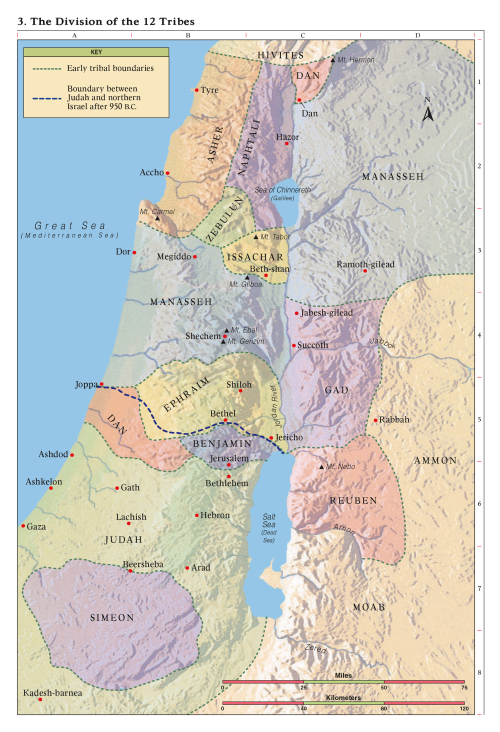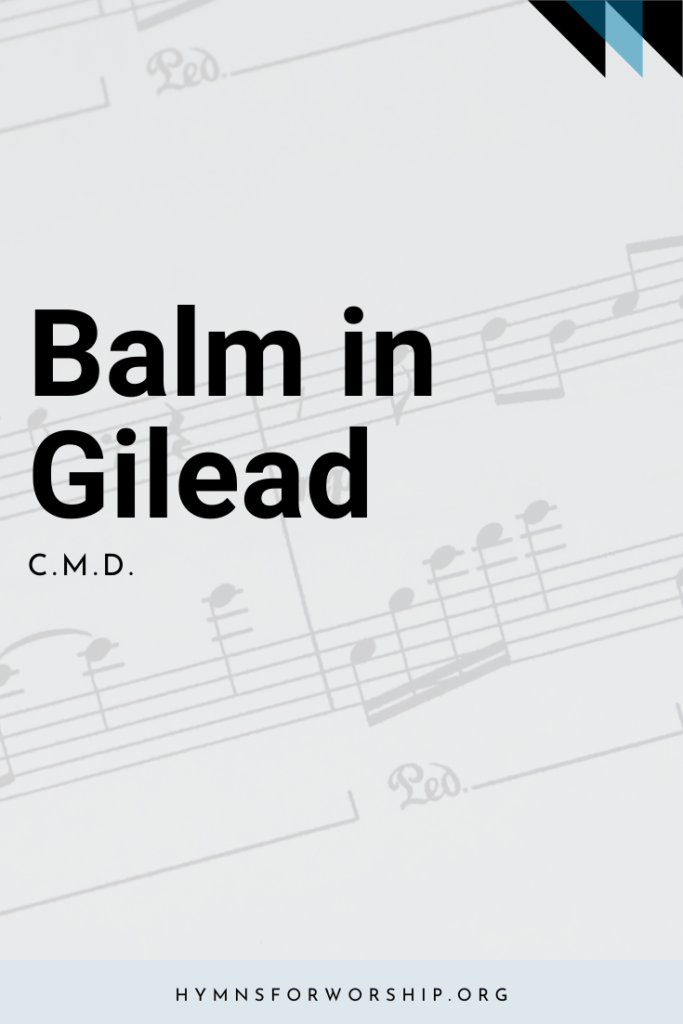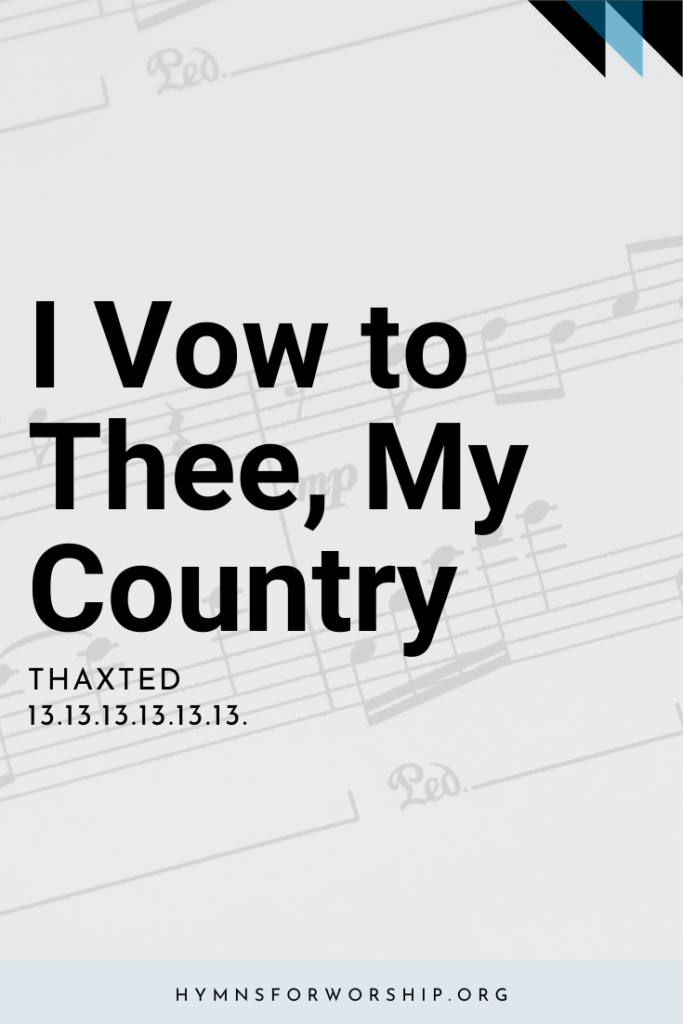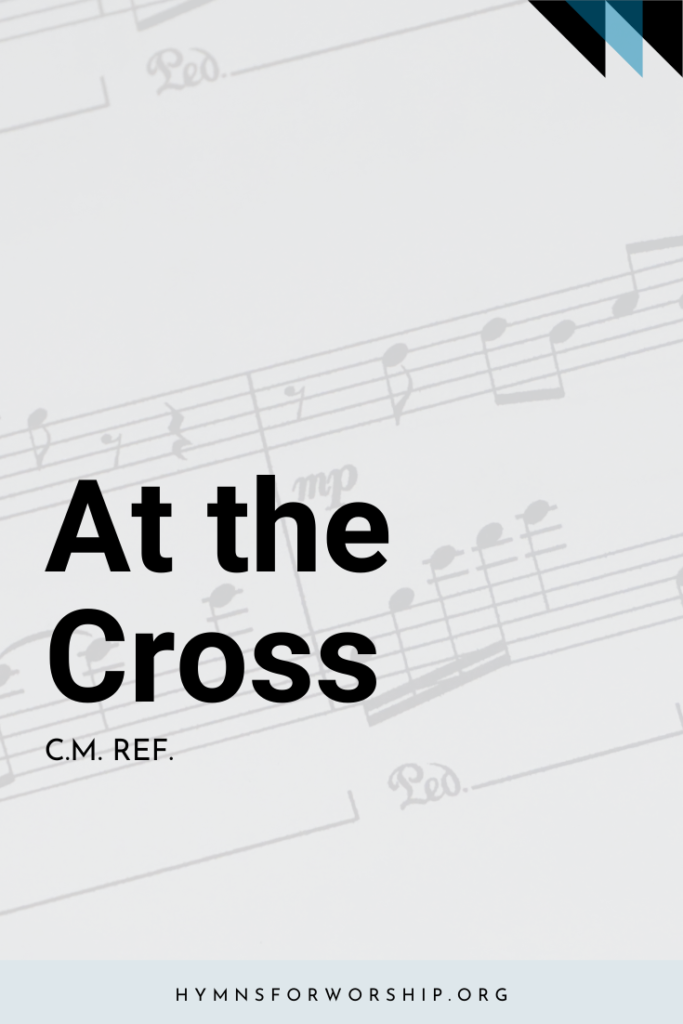
In this African American spiritual, the writer plaintively alludes to the balm in Gilead as the ultimate cure, not for physical ailments, but that which cures the soul, the sin-sick soul. What really is the balm in Gilead and does it really exist?
Where is Gilead?
Gilead first appears in the Scriptures as a landmark or a point of direction for Jacob when he tried fleeing from Laban’s care (Gen 31:20-21). When at last they have reached mount Gilead, Laban and his men were able to overtake Jacob, who did not flee alone, but left with his wives and children. As the son and father-in-law talked out their grievances with each other, they have come to the conclusion to agree and make peace, thanks to God for changing Laban’s heart the night before (v. 24).
Right there at the mount of Gilead, the two men made a covenant, and built a pillar of stones to commemorate this agreement. Jacob called it Galeed (v. 47) and Mizpah which meant ‘The Lord watch between me and thee, when we are absent one from another’ (v. 49). The pillar also served as demarcation line that none of their tribes would pass over this mark for the purpose of harming the other (v. 52).


Several years later, we see Gilead come back on the scene during the time when Jacob’s 10 sons were contemplating whether they would kill their younger brother, Joseph. But as they sat down to eat, they saw Ishmaelites coming from Gilead, on their camels, bearing spices, myrhh, and balm to carry it to Egypt. (Gen. 37:25)
The tribes of Reuben, Gad and Manasseh later on inherited the land of Gilead (Num. 32, Joshua 22, ). From this point onwards, Gilead became a land to be conquered and unconquered by the Israelites and the other surrounding nations.
Balm in Gilead in the Scriptures
The 8th chapter of Jeremiah is filled with the denunciation of the stubbornness of Israel. They had provoked God’s anger and their days were numbered, like a man pronounced with an impending death after learning he has a terminal illness. And then Jeremiah alludes to a question, where the main idea of the hymn comes from:
Is there no balm in Gilead
Is there no physician there?
Why then has the health of the daughter of my people
not been restored?
Yes, the Israelites are sick and in need of help. Isn’t there a cure in Gilead? But unlike the passage mentioned above, this following verse seems to answer the question.
Go up into Gilead, and take balm,
O virgin daughter of Egypt:
in vain dost thou use many medicines;
there is no healing for thee.
It is pronounced, the disease is incurable (Jer. 30:12-15). And despite the medicines that come from the famed healing properties of the spices, ointments and other medicinal concoctions that come from Gilead, ‘there is no healing for thee.’
Their captivity in Babylon represented the consequences of those sins. Yet even after the Babylonian nation crumbled, and Israel returned after 70 years, they still had festering wounds from sin. They needed an ultimate balm that could heal them.
The “balm of Gilead”, used medicinally in antiquity, was the mastic obtained from Pistachia lentiscus; it now commonly refers to buds of a species of North American poplar (Populus) used to make cough syrups.
Enslaved Africans relate to the Israelites in exile
While Jeremiah asked the if there was a balm in Gilead, the nameless author of this spiritual answers it with an affirmative exclamation point. Yes, there is a balm in Gilead! Howard Thurman, an African American theologian calls this “the note of creative triumph.”
There is a balm in Gilead to make the wounded whole; There is a balm in Gilead to heal the sin-sick soul.
It is interesting to note that while it is possible that the enslaved person who wrote this text experienced physical abuse in his or her bondage, the refrain would zero in on a spiritual illness instead — the ‘sin-sick soul.’ This phrase is used in many hymns being sung at that time, and might have been a source of inspiration that despite of our sin-ridden souls, God can make us whole.

The Israelites might have failed to acknowledge God as their Great Physician during their exile, but the author is recognizing here that there is no question who the balm of Gilead is.
Jesus is the balm of Gilead
More than superficial balms can offer, Jesus, the Great Physician binds our spiritual wounds and restores us. Like the Israelite of old, we may attempt to turn to temporary solutions, but we need the True balm of Gilead to heal our souls.
Time and time again, we have seen the healing power of God’s word and faith in what He can do. Let us learn our lesson from the Israelites. Let us seek for healing, now.
“God has provided a balm for every wound. There is a balm in Gilead, there is a physician there. Will you not now as never before study the Scriptures? Seek the Lord for wisdom in every emergency. In every trial plead with Jesus to show you a way out of your troubles, then your eyes will be opened to behold the remedy and to apply to your case the healing promises that have been recorded in His Word. In this way the enemy will find no place to lead you into mourning and unbelief, but instead you will have faith and hope and courage in the Lord. The Holy Spirit will give you clear discernment that you may see and appropriate every blessing that will act as an antidote to grief, as a branch of healing to every draught of bitterness that is placed to your lips. Every draught of bitterness will be mingled with the love of Jesus, and in place of complaining of the bitterness, you will realize that Jesus’ love and grace are so mingled with sorrow that it has been turned into subdued, holy, sanctified joy.
2 Selected Messages, 273.3
Learn this hymn now
Learn to sing this hymn or watch our featured singer’s rendition of Mark Hayes’ beautiful arrangement of Balm in Gilead

Related Resources
C. Michael Hawn, “History of Hymns: ‘There Is a Balm in Gilead,’” Discipleship Ministries:
https://www.umcdiscipleship.org/resources/history-of-hymns-there-is-a-balm-in-gilead
Chris Fenner with Joe Herl, “There is a balm in Gilead,” Hymnology Archive:
https://www.hymnologyarchive.com/there-is-a-balm-in-gilead
J.R. Watson & Carlton Young, “There is a balm in Gilead,” Canterbury Dictionary of Hymnology:
https://hymnology.hymnsam.co.uk/t/there-is-a-balm-in-gilead
Ellen White, Prophets and Kings, Section 4 – National Retribution, Chapters 34-38.
https://m.egwwritings.org/en/book/88/toc





